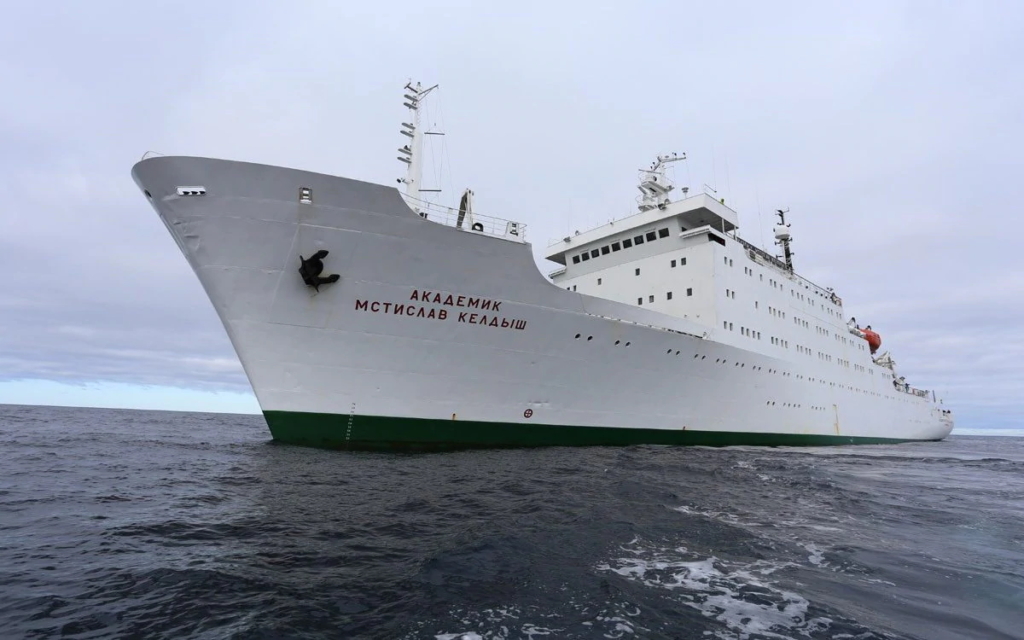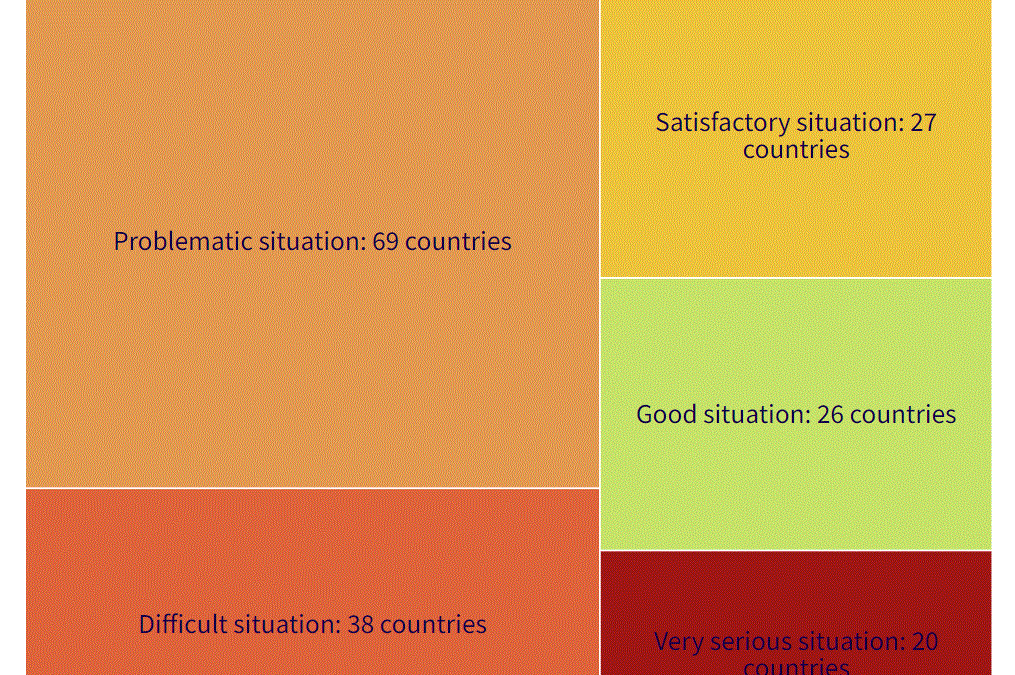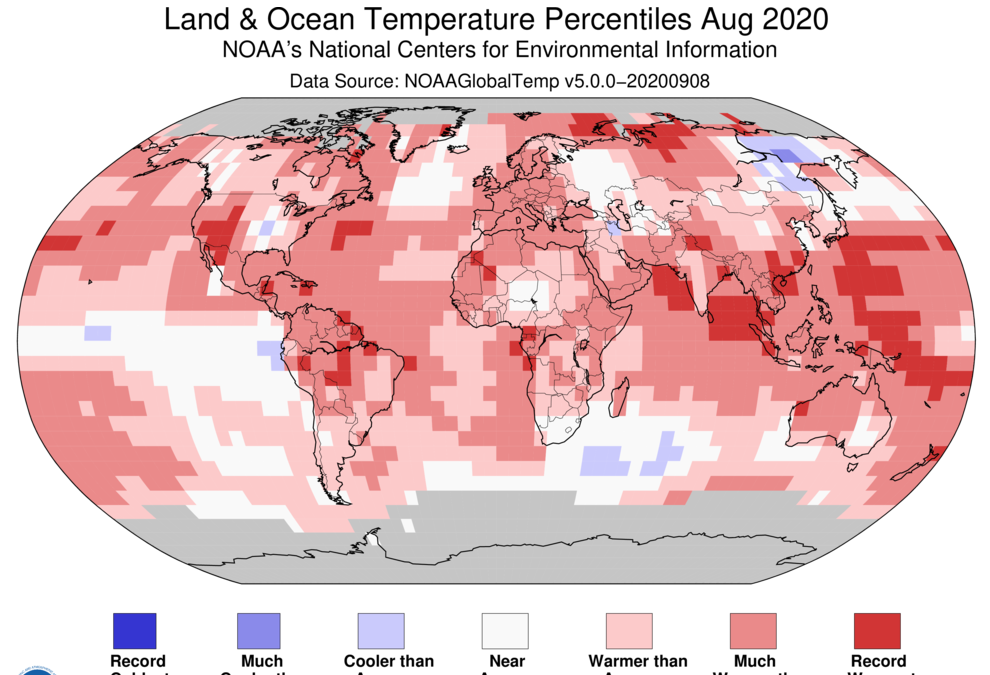Russian scientists find giant methane fountains in Arctic Ocean – “This is the most powerful seep I have ever been able to observe”

By Alec Luhn
8 October 2019
MOSCOW (The Telegraph) – Russian scientists in the Arctic Ocean said they have discovered the most powerful methane gas fountain ever recorded, highlighting the danger of this greenhouse gas accelerating climate change or causing an oil or gas spill as it erupts from thawing permafrost.
A research expedition from the Tomsk polytechnic university found the seep, as methane leaks are known, east of Bennett Island in the East Siberian Sea, where its violent bubbles seemed to make the water “boil” over an area of 50 square feet.
The concentration of methane in the air there was up to 16 parts per million, more than nine times higher than the atmospheric average.
“This is the most powerful seep I have ever been able to observe,” lead scientist Igor Semiletov, who has participated in 45 Arctic expeditions, said in a statement this week. “No one has ever recorded anything similar.”
Mr Semiletov warned last month that the sudden release of gases from underwater permafrost could harm oil and gas infrastructure.
“If we don’t take into account research results about the condition of underwater permafrost, geological catastrophes similar to the (Deepwater Horizon) accident in the Gulf of Mexico could occur during exploratory and commercial activities, which would cause irreparable damage,” he said. […]

When researchers drew near to the “emerald-coloured” water of the methane fountain, they “could see how gas was rising to the surface from the black depths of the sea in thousands of bubbly strands,” according to expedition member Sergei Nikiforov.
They took samples of bottom sediments, water and gas, scooping up the extraordinarily large methane bubbles in buckets rather than small plastic capsules and filling several pressurised cannisters.
The next day, the expedition stumbled upon another giant seep of roughly the same size, even though discovering seeps among rough ocean waves is usually “harder than finding a needle in a haystack,” Mr Nikiforov said. […]
A recent Russian study found that the thawing of underwater permafrost has doubled in the past three decades, reaching 18 centimetres a year. One of the consequences has been massive releases of methane from the seafloor, including from hydrates, ice-like formations of solid methane that can explode into gas if they are destabilised. [more]
Russian scientists find ‘most powerful’ ever methane seep in Arctic Ocean


